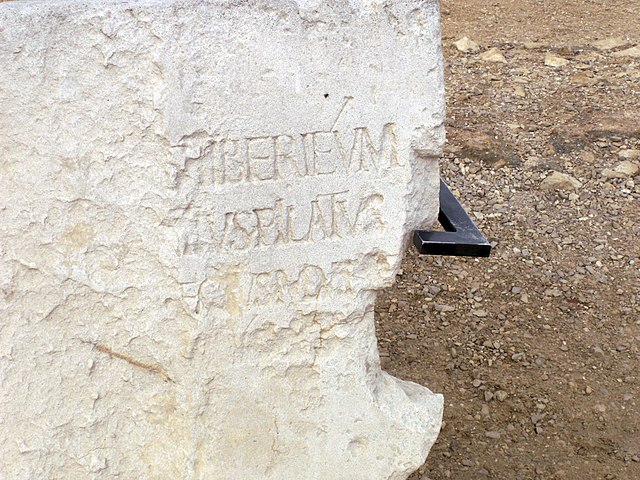The historicity of the Bible is the question of the Bible's relationship to history—covering not just the Bible's acceptability as history but also the ability to understand the literary forms of biblical narrative. One can extend biblical historicity to the evaluation of whether or not the Christian New Testament is an accurate record of the historical Jesus and of the Apostolic Age. This tends to vary depending upon the opinion of the scholar.
W.F. Albright, the doyen of biblical archaeology, in 1957
Title page of Simon's Critical History, 1682.
The Garden of Eden. By Lucas Cranach der Ältere (1472–1553)
The term "historical Jesus" refers to the life and teachings of Jesus as interpreted through critical historical methods, in contrast to what are traditionally religious interpretations. It also considers the historical and cultural contexts in which Jesus lived.
Virtually all scholars of antiquity accept that Jesus was a historical figure, and the idea that Jesus was a mythical figure has been consistently rejected by the scholarly consensus as a fringe theory. Scholars differ about the beliefs and teachings of Jesus as well as the accuracy of the biblical accounts, with only two events being supported by nearly universal scholarly consensus: Jesus was baptized and Jesus was crucified.
An 11th-century Byzantine manuscript containing the opening of the Gospel of Luke
Hermann Samuel Reimarus (1694–1768) studied the historical Jesus.
Albert Schweitzer, whose book coined the phrase Quest [for] the Historical Jesus
The Pilate Stone from Caesarea Maritima, now at the Israel Museum






![Albert Schweitzer, whose book coined the phrase Quest [for] the Historical Jesus](https://upload.wikimedia.org/wikipedia/commons/thumb/5/58/Bundesarchiv_Bild_183-D0116-0041-019%2C_Albert_Schweitzer.jpg/404px-Bundesarchiv_Bild_183-D0116-0041-019%2C_Albert_Schweitzer.jpg)
